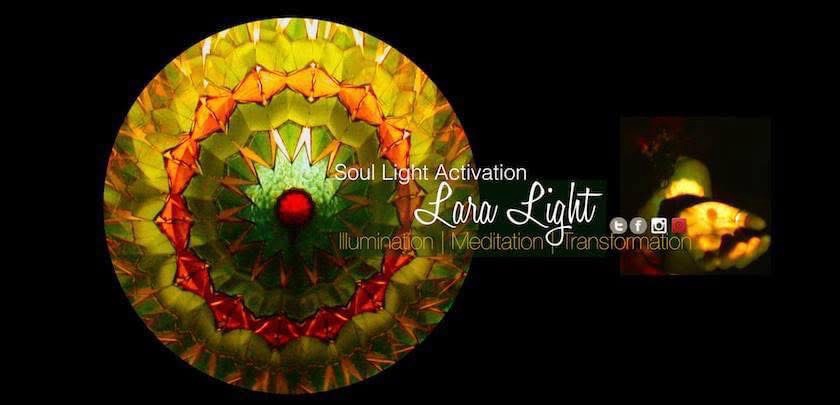Kaleidoscopic Colour Therapy — Light as a Living Language
Colour is more than a pigment. It is frequency made visible — a resonance, a feeling, a memory unfolding in light.
In my work, colour is not applied to the body. It is received through the body — through the breath, the nervous system, and the emotional field. Using mirrors, filters, and crystal optics, kaleidoscopic colour therapy opens a luminous portal where the body’s inner language meets the geometry of light. This is where perception becomes presence.
We begin not by diagnosing, but by listening.
Every session unfolds uniquely. A client might be drawn to indigo, only to discover it softens long-held jaw tension. Another may weep in golden light as unprocessed grief stored in the diaphragm rises to be seen. These are not coincidences — they are colour-coded truths seeking coherence.
The Science Beneath the Wonder
Modern research continues to validate what ancient cultures and mystics always sensed — that light is medicine. From the pioneering work of Edwin Babbitt and Darius Dinshah to the syntonic optometry of Dr. Riley Spitler, coloured light has been shown to regulate mood, stimulate the autonomic nervous system, and activate long-dormant neural circuits.
When coloured light enters the eye or the skin, it does more than stimulate vision. It communicates directly with the limbic brain — the seat of emotion and memory. Certain wavelengths have been shown to reawaken synaptic pathways linked to early trauma, allowing once-isolated memories to reintegrate into conscious awareness. As the light restores connection, symptoms often dissolve. What was trapped becomes fluid again.
But my practice goes beyond protocols.
It enters the poetic.
A Somatic Conversation with Light
The kaleidoscopic field is not merely visual — it is visceral. As clients sit or move within projected, shifting light patterns, a kind of visual acupuncture takes place. First surface mirrors create precise geometric reflections, activating symmetry in the visual cortex and often leading to immediate shifts in breath, posture, and affect.
The light speaks.
And the body answers — not through words, but through stillness, expansion, tears, laughter, spontaneous memory, or symbolic gesture.
The colours themselves are not selected from a chart. They arise through resonance. Magenta may arrive unbidden to soften self-rejection. Emerald may flood the chest like a forest after rain. Each frequency has a signature, a feeling-tone, a message waiting to be received.
Tools of Light, Expressions of Self
There are many ways to work with colour — from structured therapeutic sequences to intuitive, felt-sense applications. Some of the tools I use include:
- Kaleidoscopic mirrors to create symmetrical light fields for emotional integration
- Rosco colour filters (used in stage lighting) for precision frequency work
- Crystal discs and Calendrium stones to shape and modulate colour vibrations
- Coloured light projectors to saturate the body in chosen frequencies
- Solar-infused water and frequency gels to extend the therapy into daily life
- Colour beanbags and scarves for tactile engagement and play-based activation
Each method invites the body to remember — not through analysis, but through beauty and presence.
Colour as Memory, Colour as Mirror
The limbic system stores both trauma and wonder. It holds the reasons we resist yellow or ache for turquoise. Through Light Literacy™ — a term I use to describe the intuitive, somatic reading of colour — we begin to uncover these associations and restore a more conscious relationship with the full spectrum of self.
In branding and design, colour shapes perception.
In therapy, colour reveals truth.
In kaleidoscopic practice, it becomes a language — not of diagnosis, but of deep seeing.
